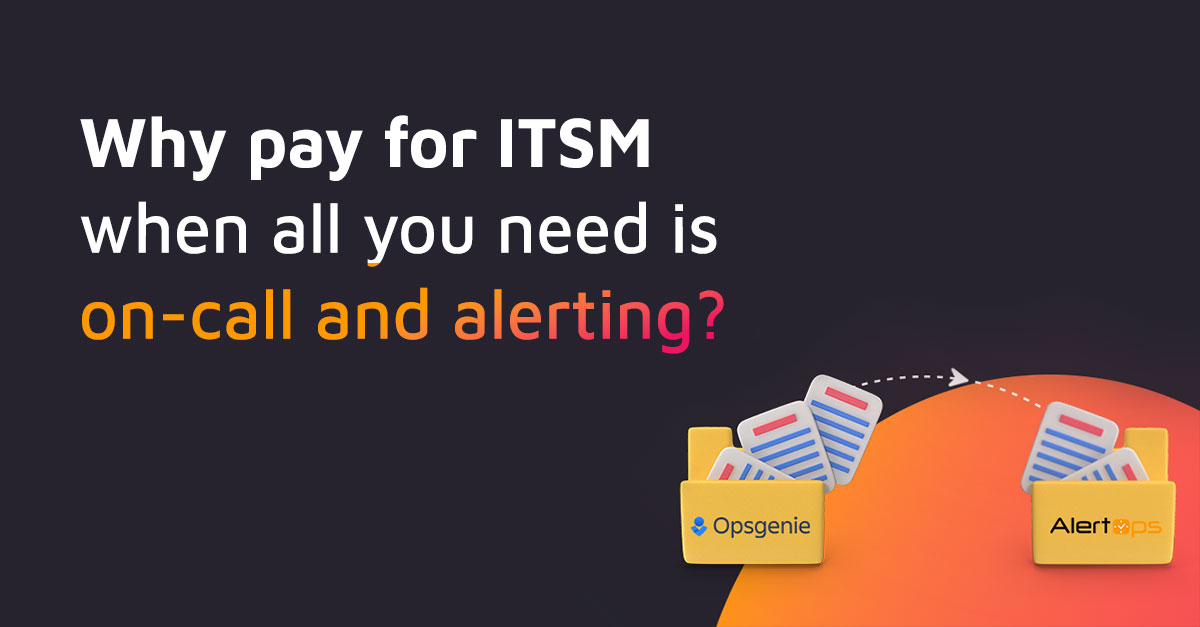Today’s IT operations monitoring and incident management systems must communicate with one another. Yet integrating an IT operations monitoring system with an incident management system may be difficult.
For instance, consider what could happen if an organization upgrades its IT operations monitoring system. This upgrade may make it easier than ever before for an IT operations team to track its day-to-day tasks. However, the monitoring system may be tough to integrate into an older incident management system, thereby limiting the overall effectiveness of both systems. And without the optimal IT operations monitoring-incident management systems integration in place, an IT operations team may struggle to identify incidents before they escalate – something that may lead to significant downtime and outages.
How Does AlertOps Help IT Ops Teams Achieve Their Goals?
When it comes to IT operations systems standardization, AlertOps is a superior choice over PagerDuty and other alert escalation and incident management software. In fact, AlertOps provides a variety of open APIs that ensure IT operations systems can evolve as needed.
An open API can accept multiple forms of a JSON or XML payload from any source. Then, the open API maps source data to the appropriate incident management system fields. An open API also ensures an IT operations team can adapt quickly. And if new products hit the market or existing products change, an open API guarantees that you can send or receive messages, regardless of system.
AlertOps offers two APIs for inbound integrations: REST and email APIs. With both APIs, you only need to map the incoming data to AlertOps standard fields, such as Source Identifier or Source Status. Additionally, you can map incoming data to custom template fields and create multiple inbound integrations for each incoming source. You can even set filters to route messages to specific groups or prioritize an incident based on incoming data.
Meanwhile, outbound integrations further highlight AlertOps’ commitment to delivering open APIs. Thanks to AlertOps, you can configure an outbound service method to send a specific JSON data packet, drop an outbound data packet into an outbound mapping configuration box and insert AlertOps data fields. Next, you can drop a response data packet into a response mapping configuration box and insert AlertOps data fields. When this is done, AlertOps will transfer the response data back to incident fields in the alert escalation and incident management software, helping you streamline your IT operations.
Open APIs are difference-makers for IT operations teams. By utilizing these APIs, IT operations teams can stay up to date about potential IT incidents, resulting in fast, efficient incident management and response.
Not yet convinced? Well, in Part 10 we discuss the difference in how AlertOps approaches reducing the risk of alert fatigue.



